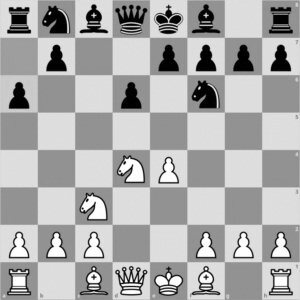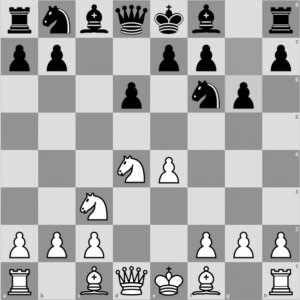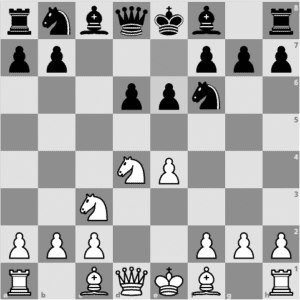Mastering the Sicilian Defense
October 6, 2023
When it comes to chess openings that pack a punch, the Sicilian Defense reigns as a timeless favorite among players of all levels. In this comprehensive guide, we will delve into the intricacies of the Sicilian Defense, from its fundamental principles to its diverse variations. Whether you are a chess novice or an experienced player looking to add a powerful weapon to your repertoire, mastering the Sicilian Defense can take your game to new heights.

Unraveling the Sicilian Defense
The Sicilian Defense unfolds with the moves 1.e4 c5, where Black answers White’s e4 pawn advance with a swift counterpunch, c5. This bold response sets the stage for a thrilling clash of ideas and forces on the chessboard.
Advantages of the Sicilian Defense
Dynamic Counterplay: By choosing the Sicilian Defense, Black aims to challenge White’s central pawn control and unleash dynamic counterplay, leading to rich and complex positions.
Strategic Diversity: The Sicilian Defense offers an array of variations, each with its distinct strategic ideas, allowing players to tailor their choices to their playing style.
Battle-Tested Success: Countless chess legends, including Bobby Fischer and Garry Kasparov, have embraced the Sicilian Defense, solidifying its reputation as a successful and formidable opening.
Unveiling the Main Variations
Within the Sicilian Defense, a plethora of variations awaits exploration, each offering a unique set of challenges and opportunities. Let’s dive into some of the most renowned variations:
1. Najdorf Variation: Unleash the Power
The Najdorf Variation, named after the legendary Argentine grandmaster Miguel Najdorf, is a dynamic and aggressive option. With moves like 2…d6 and 3…a6, Black aspires to create a solid pawn structure while preparing for a harmonious piece development. The Najdorf Variation is a go-to choice for players who relish sharp tactical battles and fierce counterattacks.

2. Sicilian Dragon: Breathing Fire on the Board
In the Sicilian Dragon, Black opts for a bold setup with pawns on d6 and g6, forming the dragon-like shape. The Dragon demands precise calculation and is known for producing double-edged positions with kings castled on opposite sides. Players who thrive in tactical complexities and aggressive middlegame play will find the Sicilian Dragon a thrilling choice.

3. Scheveningen Variation: Solidity and Flexibility
The Scheveningen Variation emphasizes solid pawn structures and flexible piece maneuvering. By playing moves like 2…d6 and 3…e6, Black prepares for a solid setup, capable of adapting to a wide range of positions. The Scheveningen Variation is an excellent choice for strategic players seeking maneuvering opportunities.

Tips for Conquering the Sicilian Defense
Study Grandmaster Games: Analyzing games played by chess grandmasters in Sicilian Defense variations can offer invaluable insights into the opening’s subtleties and strategic concepts.
Practice Tactical Awareness: The Sicilian Defense often leads to tactical complications. Sharpen your tactical vision through regular puzzles and exercises to seize opportunities during the game.
Embrace Your Preferred Variation: With numerous Sicilian Defense variations available, select the one that resonates best with your playing style and preferences. Practice and master your chosen variation to maximize its effectiveness.
Understand Pawn Structures: Familiarize yourself with typical pawn structures arising from different Sicilian Defense variations. A solid grasp of pawn structures will guide your decision-making and long-term plans.
